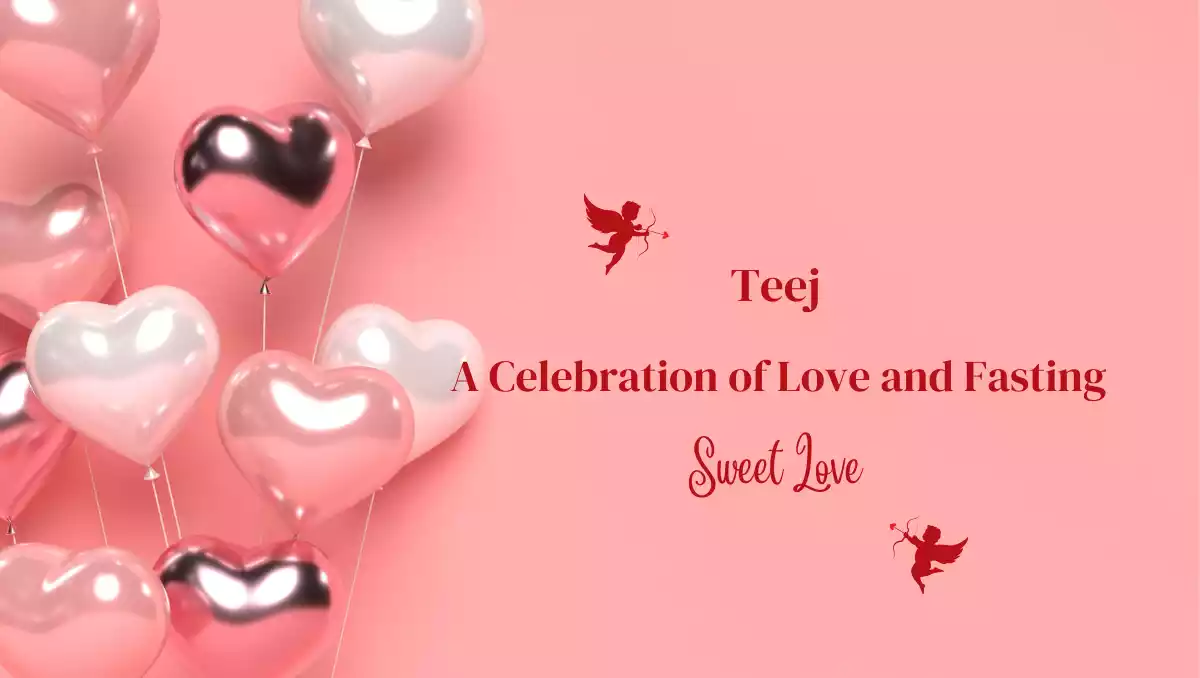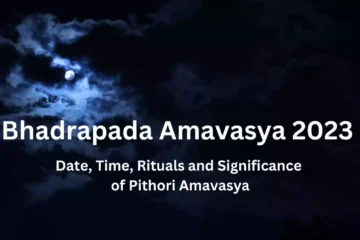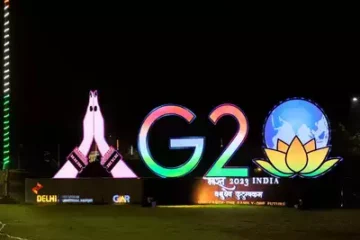Table of Contents
Introduction
Teej, a festival deeply rooted in Hindu culture, holds immense significance and is celebrated with great enthusiasm across various regions. This traditional festival, observed by married women, celebrates love, devotion, and fasting. Let’s explore the origin, legends, customs, rituals, and unique traditions associated with Teej, and how it is celebrated not only in India but also in different parts of the world.
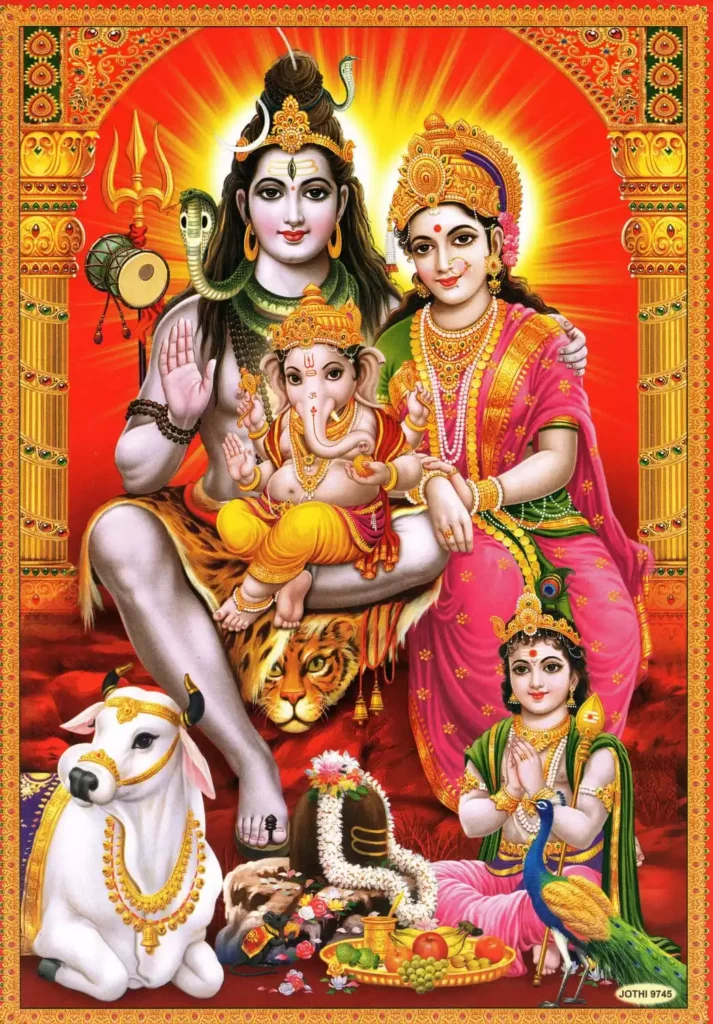
Hartalika Teej 2023 Tithi

Hartalika Teej 2023 Thithi is on Monday, 18 September 2023. The event of Hartalika Teej has two days left. In the below section, we have mentioned the degree you can see below.
Pratahkal Hartalika Puja Muhurat is 06:12 AM to 08:42 AM
Pradosh Kaal Hartalika Puja Muhurat is from 06:42 PM to 03:33 PM
Tritiya Tithi timings are 03:21 PM, August 29 to 03:33 PM, August 30.
Hartalika Teej 2023 Timings
Hartalika Teej 2023 timings have already been mentioned above. In the table below, you will be able to find the festival dates for 2023 and 2024. In Nepal, Hey C Panchami is also known as the third and last day of the festival Millie on September 20, 2023.
It will be the most auspicious occasion, and 2024 Rishi Panchami falls in September. Hartalika is made up of the words Harat meaning abduction and Aalika meaning child. The correct timing has already been given. It refers to a female friend and amplify her.
The Legends and Mythology of Teej
The story of Goddess Parvati and Lord Shiva
At the heart of Teej lies the enchanting tale of Goddess Parvati and Lord Shiva. According to Hindu mythology, Parvati, an ardent devotee of Lord Shiva, embarked on a severe penance seeking his love and affection. Her dedication and devotion captured Lord Shiva’s heart, and he accepted her as his consort.
The tale of Goddess Parvati’s severe penance
Goddess Parvati’s penance was nothing short of sheer determination and sacrifice. She spent years meditating, fasting, and enduring harsh weather conditions to prove her unwavering devotion. Impressed by her devotion and perseverance, Lord Shiva granted her the boon of being reunited with him in every birth she takes.
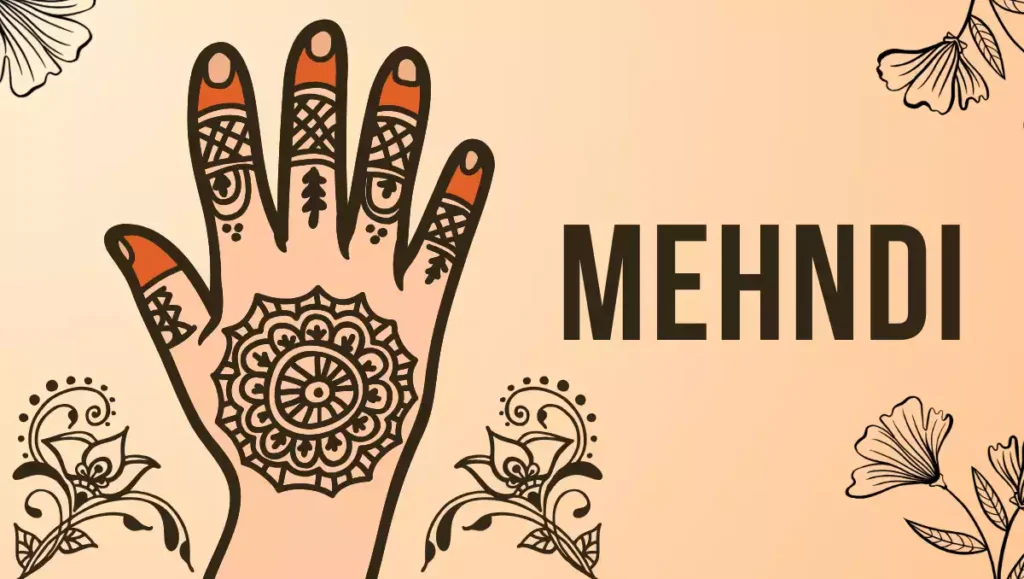
The emergence of Teej as the festival of fasting and devotion
Inspired by the devotion and love displayed by Goddess Parvati, Teej emerged as a festival of fasting and devotion. Married women fast on this day to seek blessings for a blissful married life, marital harmony, and the longevity of their husbands.
Preparations for Teej
Teej is not only a time for fasting and devotion but also a time for elaborate preparations. The following customs and traditions are observed during the preparations for Teej:
Cleaning and decorating homes
Before the arrival of Teej, homes are meticulously cleaned and adorned with vibrant decorations. This cleansing ritual symbolizes purifying the mind, body, and soul in preparation for the festivities.
Shopping for traditional attire and accessories
In preparation for Teej, women indulge in purchasing traditional attire such as colorful sarees, lehengas, and intricately designed jewelry. This adds to the festive spirit and showcases the vibrant cultural heritage associated with Teej.
Traditional delicacies and sweets prepared for the festivities
Special attention is given to preparing traditional delicacies and sweets during Teej. Savory dishes like samosas, kachoris, and sweet delicacies like ghewar and malpuas are prepared to delight the taste buds and enhance the festive atmosphere.
Teej Customs and Rituals
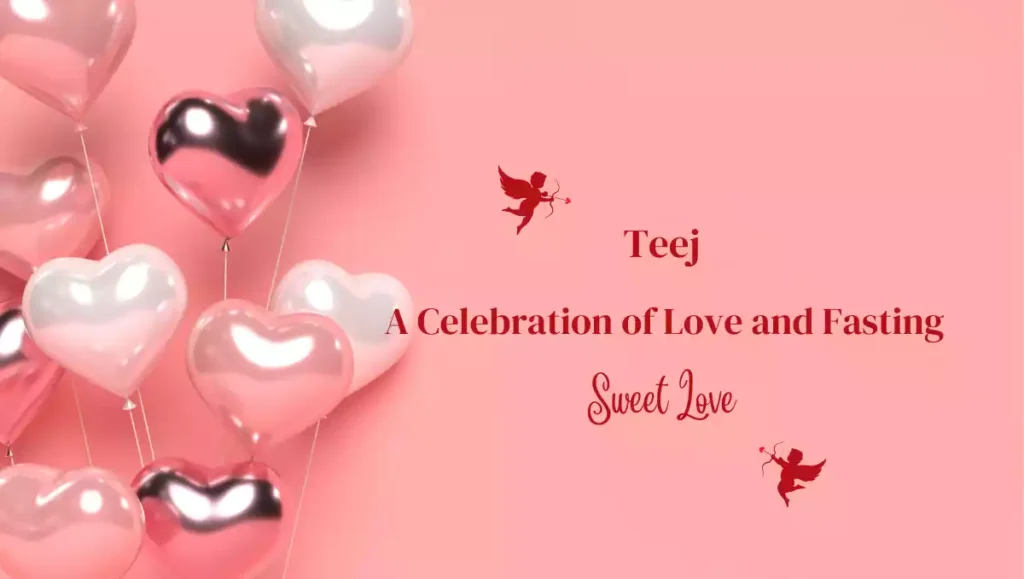
Teej is characterized by various customs and rituals that add charm and depth to the festival. These customs include:
Women observing strict fasting for marital bliss
Married women observing Teej fast abstain from food and water from sunrise to moonrise. This fasting ritual is believed to enhance the longevity of their husbands’ lives and ensure a harmonious married life.
Applying henna and dress code for Teej
To mark the joy and devotion of Teej, women apply beautiful henna designs on their hands and feet. Additionally, women traditionally dress in bright-red or green-colored attire, symbolizing fertility, prosperity, and well-being.
Offering prayers and seeking blessings
Women gather in temples or at their homes during Teej to offer prayers and seek the blessings of Goddess Parvati and Lord Shiva. Special ceremonies are conducted, and hymns are chanted to invoke divine blessings and express gratitude for marital harmony and well-being.
The Vibrant Rituals of Teej
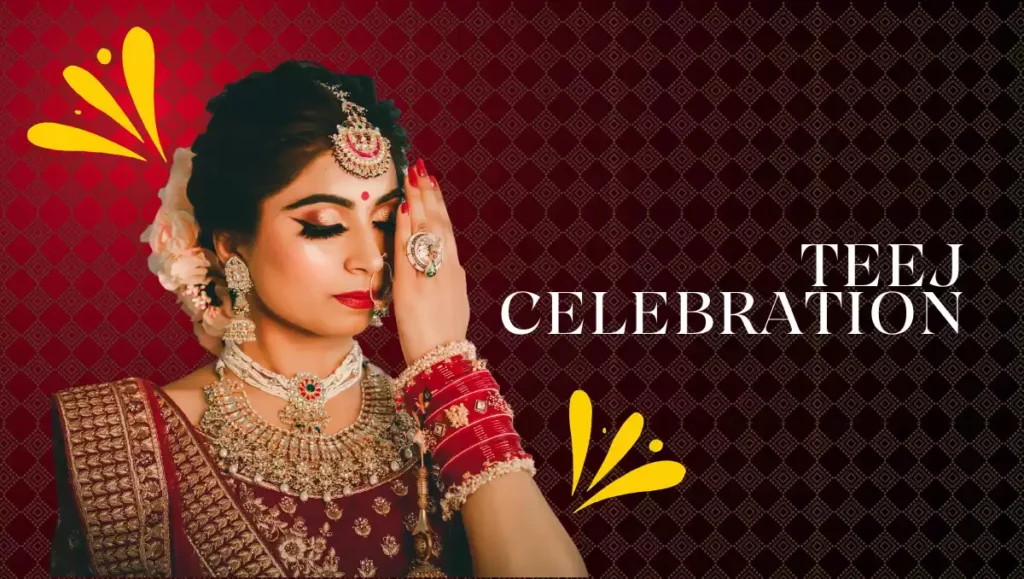
Teej is celebrated in various forms across different regions, each with its unique essence and rituals. Here are some notable forms of Teej celebrations:
Kajari Teej: Welcoming the monsoon season
Kajari Teej, observed in some parts of India, marks the arrival of monsoon. Married women pray for an abundance of rainfall, which is vital for agricultural prosperity. They sing traditional folk songs, gather under trees, and celebrate the blessings of nature.
Hartalika Teej: A day dedicated to women’s well-being
Hartalika Teej is a significant celebration dedicated to women’s well-being. Women gather to perform special prayers and engage in cultural ceremonies to honor Goddess Parvati. This day holds immense spiritual and social importance for women, emphasizing their strength, resilience, and overall empowerment.
Sinjara Teej: Celebrating married life and fertility
Sinjara Teej is primarily celebrated in northern India. On this auspicious day, married women receive gifts from their parents and dress up in beautiful attire. They adorn themselves with intricate jewelry and participate in cultural programs and melas (fairs) to celebrate married life and fertility.
Teej Celebrations across India
Teej is celebrated with great pomp and show across various states in India, each with its unique traditions and customs. Let’s take a glimpse into the vibrant Teej celebrations in some of these regions:
Teej in Rajasthan: A grand procession of Goddess Parvati
In Rajasthan, Teej is celebrated with great fervor and grandeur. A magnificent procession is carried out, showcasing beautifully adorned idols of Goddess Parvati. The procession consists of decorated elephants, camels, and dancers wearing traditional attire, reflecting the rich cultural heritage of Rajasthan.
Teej in Uttar Pradesh and Bihar: The game of swings
In these regions, Teej is celebrated with swings being the highlight of the festivities. Women joyfully swing on beautifully decorated swings, enhancing their bond with Lord Shiva and Goddess Parvati. Various cultural activities, including singing and dancing, fill the air during these celebrations.
Teej in Punjab: Music, dance, and cultural extravaganza
In Punjab, Teej is a time for enthusiastic celebrations filled with vibrant music, dance, and cultural performances. Women gather to participate in Gidda (traditional folk dance) competitions, showcasing their talent and spreading joy and merriment. The rich Punjabi culture takes center stage during these lively festivities.
Teej Celebrations outside India
Teej’s cultural essence transcends borders, and it is celebrated with equal enthusiasm and passion in various parts of the world. Let’s explore how Teej is celebrated outside India:
Teej in Nepal: A national festival with unique traditions
In Nepal, Teej holds the status of a national festival. Women dress in red and green attire and gather to participate in cultural programs, dance, and sing Teej songs. Married women observe a 24-hour fast, promoting their conjugal happiness and marital harmony.
Teej in Mauritius: Preserving cultural roots in the diaspora
Mauritius, with its strong Indian diaspora, celebrates Teej as a way to preserve cultural roots. Women dress in elaborate traditional attire and observe fasting, offering their devotion to Goddess Parvati. Cultural programs, music, and dance performances add vibrancy to the celebrations.
Teej in the United States: Celebrating with the Indian community
The Teej festival in the United States is celebrated with great enthusiasm within the Indian community. Women take part in cultural programs, dances, and fashion shows, showcasing their talent and embracing the spirit of Teej. These celebrations provide an opportunity for the diaspora to connect with their cultural heritage.
Unique Teej Customs around the World
Apart from the traditional rituals and customs, Teej celebrations around the world offer unique customs that add charm to the festivities. Some of these customs include:
Mehendi competitions and cultural programs
Teej celebrations often include competitions for the best Mehendi (henna) designs, where women showcase their artistic skills. Cultural programs featuring dance performances, singing, and theatrical presentations are also organized to keep the festive spirit alive.
Traditional Teej songs and folk dances
Teej is incomplete without the enchanting melodies of traditional Teej songs and lively folk dances. Women gather to sing and dance to these melodious tunes, expressing their joy, devotion, and celebration of love.
Exchanging traditional gifts and blessings
During Teej, it is customary to exchange traditional gifts and blessings. Women gift each other beautifully crafted bangles, jewelry, and clothing items as a symbol of love, affection, and goodwill. These exchanges strengthen bonds and add to the festive spirit.
Teej and Empowerment of Women
Beyond the surface-level festivities, Teej has also served as a platform for women’s rights and empowerment. Let’s delve into the empowering aspects of Teej:
Teej as a platform for women’s rights and empowerment
Teej celebrations have become an opportunity to raise awareness about women’s issues and advocate for their rights. Cultural events and activities during Teej focus on themes such as women’s education, health, and gender equality, aiming to empower women and break social barriers.
Evolution of women’s roles during the festival
Over time, the roles of women during Teej have evolved significantly. From being solely associated with conjugal bliss and fasting, women are now active participants in cultural programs, decision-making, and various social causes associated with Teej.
The social impact of women-centric events during Teej
Women-centric events during Teej have contributed to the social development and empowerment of women. They provide a platform for women to showcase their talents, gain recognition, and build valuable networks. This empowerment extends beyond the festival and has a lasting impact on women’s lives.
Teej: Festive Delicacies and Culinary Traditions
Teej not only ignites spiritual fervor but also tantalizes taste buds with the traditional fare prepared during the festival. Let’s explore the culinary traditions associated with Teej:
Savoring traditional vegetarian food during Teej
On this auspicious day, women indulge in preparing and savoring delicious vegetarian delicacies. Traditional recipes like dal bati churma, gatte ki sabzi, and a variety of vibrant vegetable curries are relished, exemplifying the rich culinary heritage of the festival.
Special sweets and desserts prepared for the festival
No festival is complete without sweet treats! Teej is known for its array of delectable sweets and desserts. Ghewar, a traditional sweet made with flour, ghee, and sugar syrup, is a must-have during this festival. Other popular sweets like malpua and kheer are also prepared, adding sweetness to the celebrations.
Exploring regional variations in Teej cuisine
Each region in India has its unique culinary traditions associated with Teej. For example, in Rajasthan, dishes like pyaaz ki kachori and mirchi bada are relished, while in Punjab, the festival is incomplete without indulging in mouthwatering dishes like makki di roti and sarson da saag. This diversity of flavors and cuisines adds a delightful twist to Teej festivities.
Teej: Beyond Love and Fasting
Teej, at its core, is not just a celebration of love and fasting, but also a reflection of profound symbolism and spiritual significance. Let’s delve into these deeper aspects of Teej:
Teej as a celebration of nature’s bounty
Teej signifies the arrival of the monsoon season, which brings life, rejuvenation, and abundance to the land. The festival highlights the harmony between humans and nature, reminding us to cherish and celebrate the precious gifts bestowed upon us.
Symbolism and spiritual aspects of Teej festival
Teej represents the divine union of Goddess Parvati and Lord Shiva, symbolizing eternal love, devotion, and marital harmony. It also emphasizes the role of women in society, highlighting their strength and resilience. The fasting ritual during Teej serves as a physical and spiritual cleansing, fostering inner strength and heightened spirituality.
Teej’s significance in strengthening family bonds
Teej serves as an opportunity for families to come together and strengthen their bonds. A sense of unity is fostered as women observe the fast and engage in various cultural activities, providing an avenue for families to celebrate, rejoice, and support one another.
Summary
Teej is a mesmerizing festival that encompasses the rich cultural, social, and spiritual fabric of Hindu traditions. From its mythical origins to its vibrant celebrations in different parts of the world, Teej holds an irresistible charm. As we reflect on the enchanting traditions and rituals associated with Teej, it becomes evident that love, devotion, and fasting transcend boundaries, uniting people in their quest for harmony, happiness, and spiritual growth.
Frequently Asked Questions (FAQs)
What is the history behind Teej?
Teej traces its roots back to Hindu mythology, particularly the legends of Goddess Parvati and Lord Shiva. The festival emerged as a celebration of their eternal love and devotion.
How long does the Teej festival last?
The duration of the Teej festival varies across regions, with celebrations typically lasting for one to three days. The fasting ritual extends for 24 hours, from sunrise to moonrise.
Are men also allowed to participate in Teej festivities?
While Teej is primarily observed by married women, men play a supportive role in the festival. They actively participate in organizing cultural events, ensuring the smooth conduct of rituals, and providing emotional support to their wives and family members.
What are some traditional Teej recipes?
Traditional Teej recipes include dal bati churma, gatte ki sabzi, ghewar, malpua, kachori, and kheer. Each region in India has its unique culinary delights associated with Teej.
What are the symbolic elements of Teej celebrations?
Teej celebrations are replete with symbolism. The colors red and green represent fertility, prosperity, and well-being. The fasting ritual signifies devotion and inner strength, while the exchange of traditional gifts reflects love, affection, and goodwill among individuals.
What is the correct Hartalika Teej 2023 Date?
In 2023, 18th September will be the exact date.
Now that we have unveiled the magical traditions of Teej, it’s time to immerse ourselves in the spirit of this enchanting festival, celebrate love, devotion, and fasting, and embrace the universal values it embodies.
Read More :-
Pushpa 2 Release Date Revealed: Latest Updates and Exciting News
HP Pavilion X360 11Th Gen Laptop Review
Understanding the G20: Global Economic Cooperation
Vasudhaiva Kutumbakam: Embracing the World as One Family
Jawan Review 2023: Unbiased Analysis & Latest Updates in One Place
